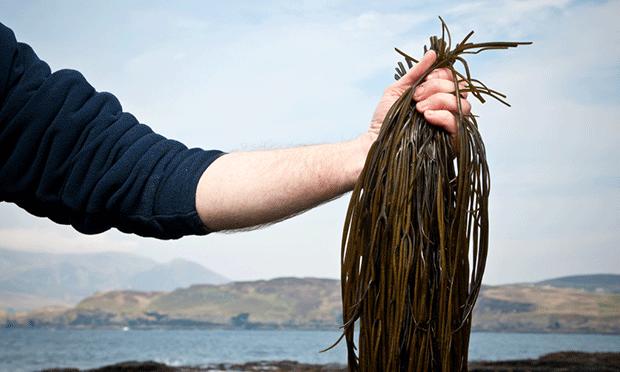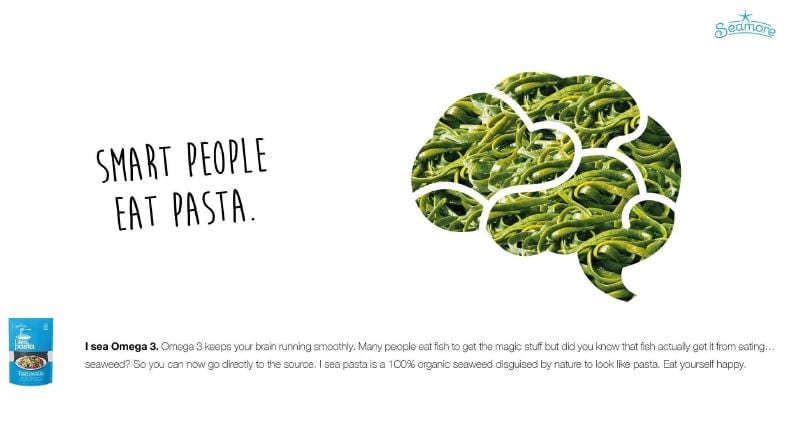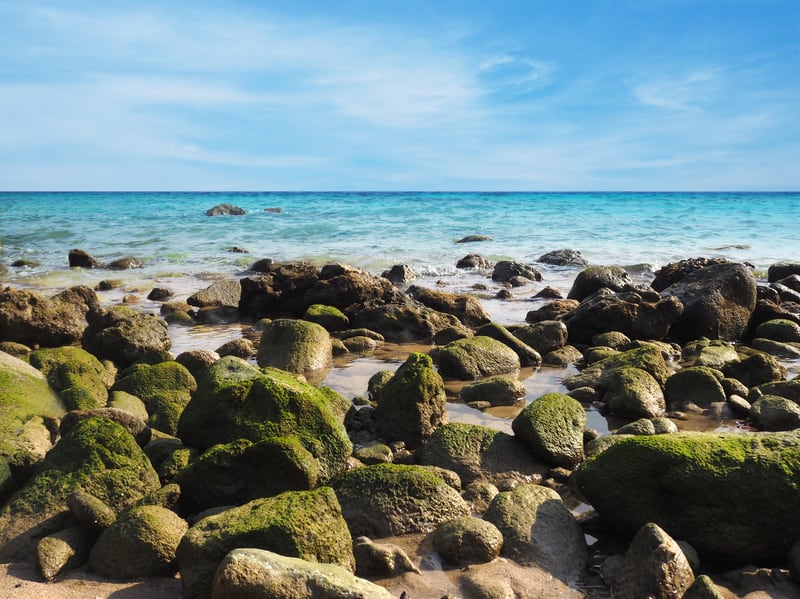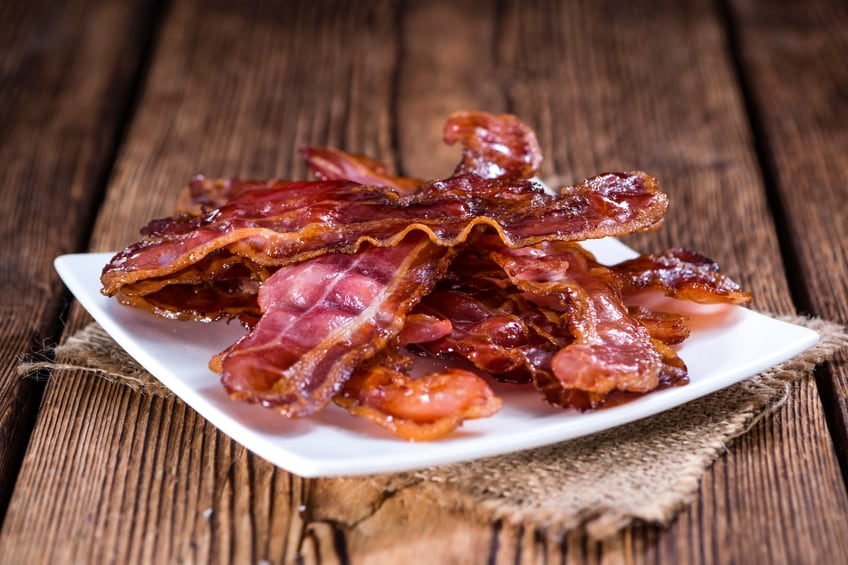“Most people are eating too many carbs and not enough veggies, and this is a really simple and elegant way of replacing one with the other. You can still keep on eating your favourite food which is pasta but it’s much more healthy and sustainable,” said founder of Seamore Willem Sodderland.

Minimally processed, himanthalia is picked by hand, rinsed and dried at low temperatures of 39 °C in order to retain is nutritional qualities before being packed. For this reason Sodderland often refers to himanthalia as a 'sea vegetable', rather than the negatively connoted 'weed'.
Seeing the potential for sea vegetables
Found only along Europe's Atlantic coasts, Seamore's pasta has strong appeal with early adopters, foodies and those following a gluten-free or low-carb diet but there is potential beyond that too, he said.
"There is also a very large, broader group of people looking for healthier food. But these people will not take a step if it’s very complex so we need to make it easier for that larger group to shift, and I think that by positioning seaweed as something that we already know it makes it easier.”
In marketing the product, Sodderland said they first had to look at creating demand for a product that most people didn’t know existed. The main

barrier to marketing seaweed in Europe is that it’s not a major part of the culinary heritage.
"We chose to talk a lot about the cooking side and what kind of meals you can make – you can create all your classic Italian pasta dishes but with seaweed. We did that because [for] a lot of people, when you give them seaweed they wouldn’t have any idea what to do with it. So we’ve made that easier. Now more and more we’re going communicate about the health and sustainability benefits.”
Although the product is intended to replace pasta it is more expensive. “At the same time, there are more and more high end pastas coming to the market - spelt or organic, slightly healthier or more sustainable – and they also have higher prices," said Sodderland.
“Healthy and sustainable food shouldn’t cost too much, it should still be accessible, but we shouldn’t expect the incredibly low prices of some of the products we have got used to.”
Sustainable wild harvesting
Seamore is currently in the process of scaling up harvesting in Ireland and Brittany and will move to Spain and Portugal next year.
One of the key ways in which Seamore ensures the sourcing is sustainable – especially given the seaweed only starts to grow after two years – is through ‘patch harvesting’, taking only around 15%.

Sudderland told those present at the Sustainable Food Summit in Amsterdam last week it was important to this respect this patch harvesting as in Ireland there is currently little or no government control of harvesting seaweed, unlike fish, which is tightly governed by EU quotas.
Harvesting the seaweed in this way actually benefits the seaweed as it gives it more space and encourages it to grow more quickly.
But the long-term plan is to start cultivating. “We’re expecting that within three years we need to be at mass-scale cultivation if we want to keep on scaling the way we do,” he said.
Soon I'll see…sea bacon and sea wraps
Since Seamore's initial crowdfunding campaign to raise money for the first harvest, the pace has been rapid. The start-up has gone from selling the spaghetti on its own website to major Dutch supermarkets in just six months, and now sells in Belgium, Germany, the UK, Switzerland, Denmark and Australia.
With around 10,000 species of seaweed that are as different as chicken and broccoli, its potential is vast and untapped, said Sodderland, who has set his sights on bringing to the market two more species.

Sea bacon and sea wraps – made from two different species of minimally processed ‘sea vegetables’ just like the sea spaghetti – are in the pipeline and should be ready in Q3 2016 and Q1 2017 respectively.
“Other people have commented on the fact that [the seaweed to be marketed as sea bacon] has a bit of a smoky, salty flavour. You just have to take the next step and say ‘Ok, I’m going to fry my eggs with this stuff.’
“We are six, seven billion people on the planet – it’s nearly impossible to be really, really original. You just have to be the right person at the right time […] and then, as an entrepreneur, take the risk and say ‘I believe in this’.”
